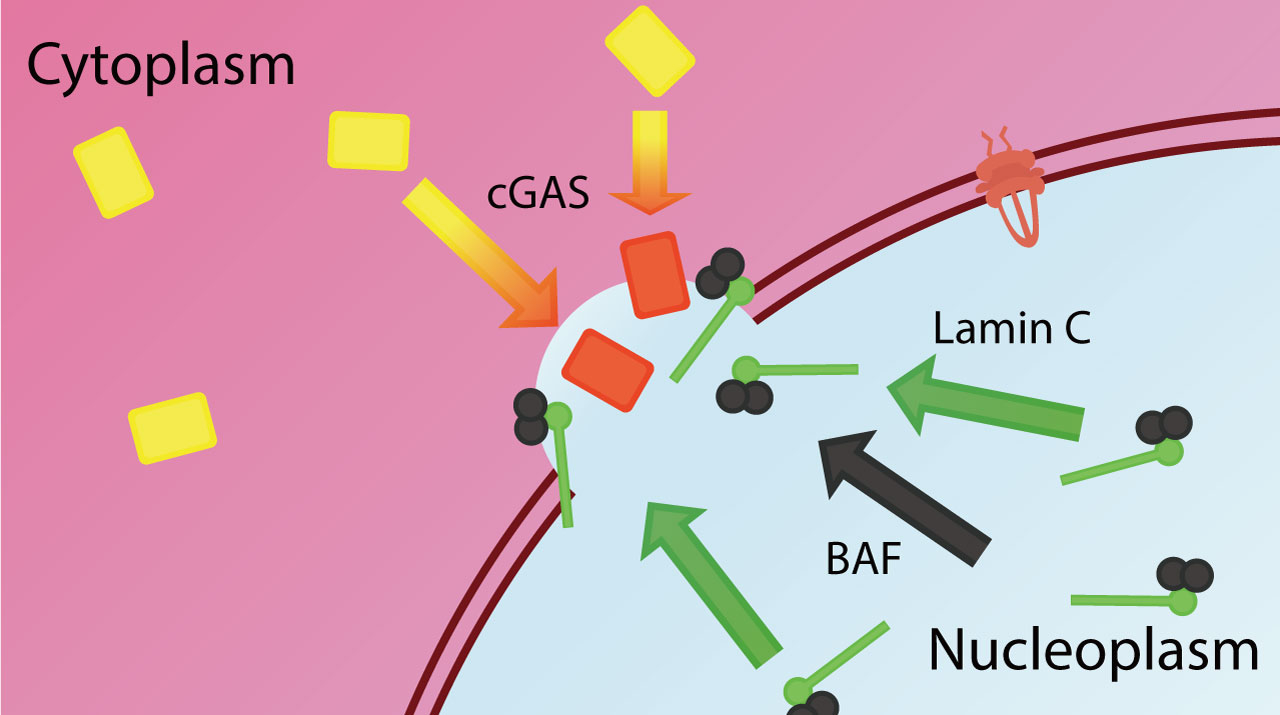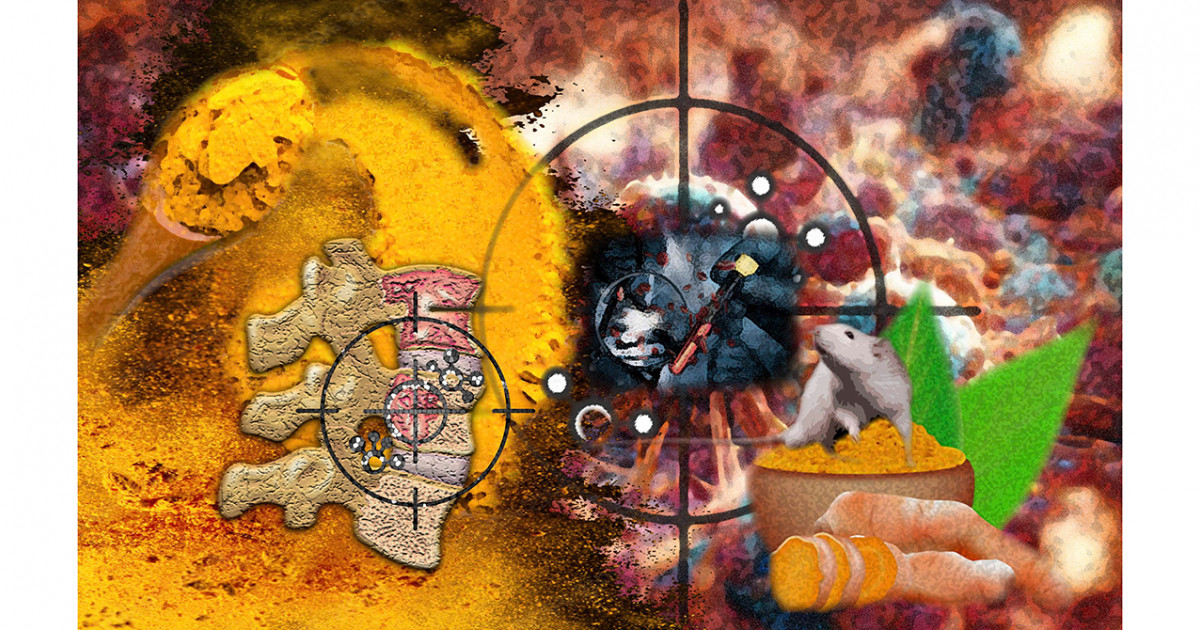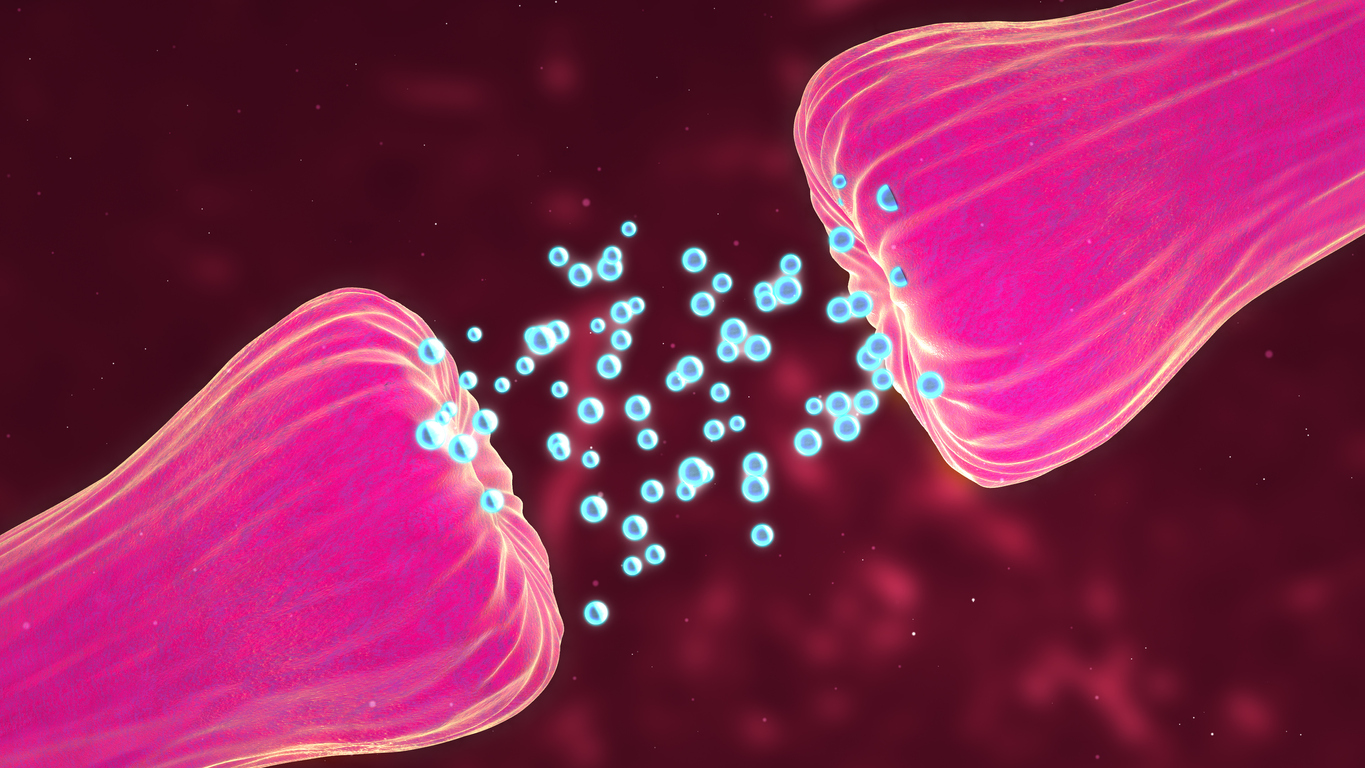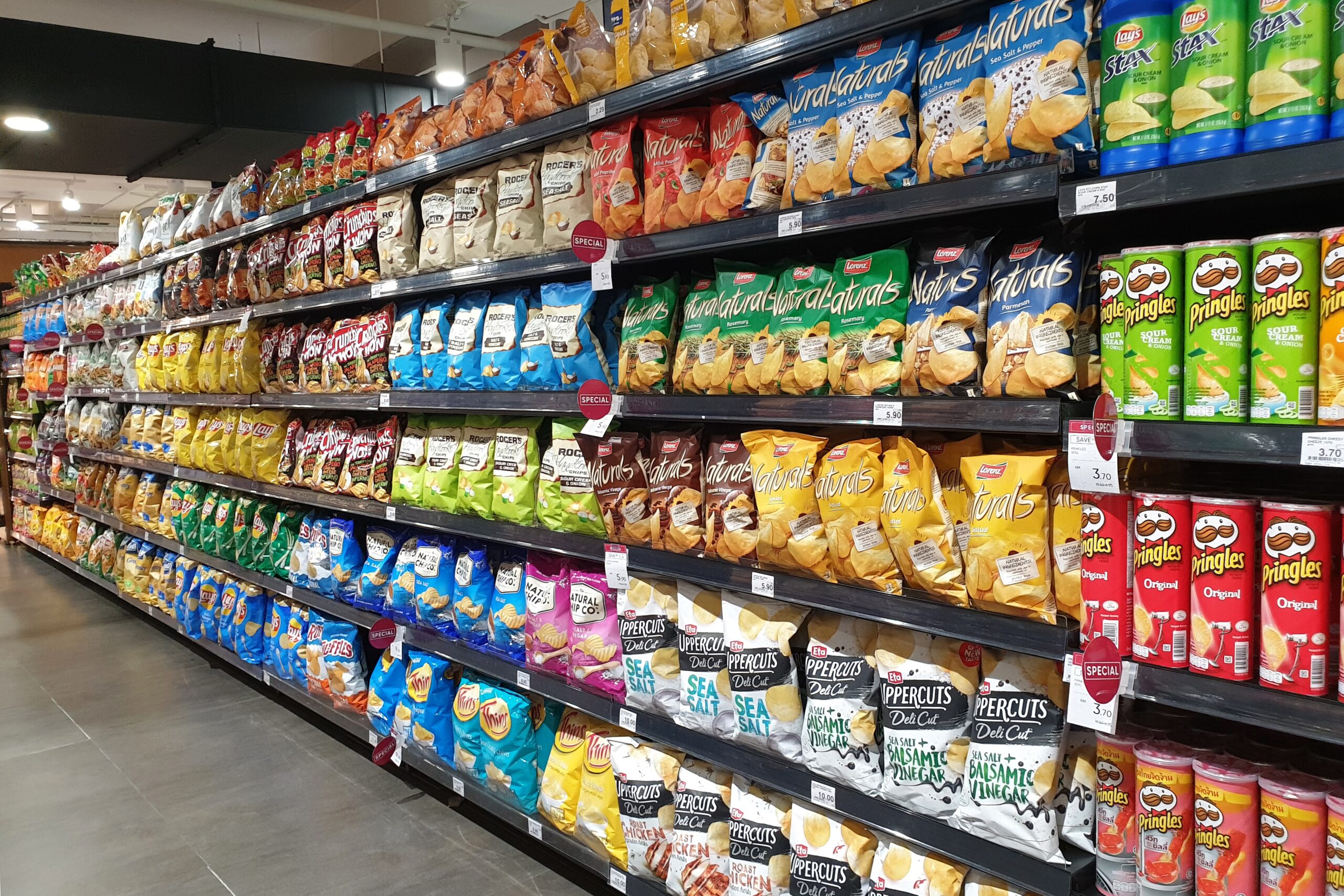Researchers have discovered that flaws in technology, such as medical equipment, can be improved. The study presents a ground-breaking method for producing solar cells. In this method, holes are etched into the top layer of the material to make it porous.
According to the conclusions of a new study conducted by University of Chicago experts, holes can be helpful to technology such as medical equipment. Perforating the top layer to make it porous, as reported in Nature Materials, gives a completely new way of constructing solar cells. This idea has the potential to pave the way for a less intrusive pacemaker and other medical devices. Most likely, the big pacemaker batteries will be put together with a low-power light source to make them smaller.
Aleksey Prominski, the paper’s first author expects that this opens the door to a variety of opportunities for future developments in this sector.
Sponge-like solar cells.
Bozhi Tian is a University of Chicago scientist who is interested in fusing human tissue with artificial materials like wires to alter brain signals and surfaces for medical implants. Bozhi Tian’s laboratory is where Prominski works. Bozhi Tian is a University of Chicago student.
One of their main areas of interest is the development of light-powered devices. Despite the fact that solar cells are most commonly associated with this technology, it is not limited to natural sunlight and can be used with any other light source, including artificial light. These devices are known as photo-electrochemical cells when they are used within the body, and they are driven by a short optical fibre that has been implanted.
Solar cells usually have two layers. These layers can be made by combining silicon with another material, like gold, or by putting different atoms into each silicon layer.
Here, researchers from the University of Chicago’s Tian Lab discovered they could make a solar cell out of pure silicon by making one layer porous, comparable to a sponge.
The bendable and pliable cell that results can be as small as five microns in diameter, which is about the size of a red blood cell. Then it can be connected to a human hair-thin optical cable. As a result, the overall size of an implant will be reduced, making it more body-friendly and less prone to causing side effects.
Compared to typical solar cell manufacturing methods, the porous cell has various advantages, including the capacity to speed up the manufacturing process while preserving end product efficiency.
These sponge-like solar cells can be made in minutes and there are no high temperatures or toxic chemicals involved.
The surface of the material is oxidised with oxygen plasma, boosting its ability to stimulate heart and nerve cells. Chemists are baffled because silicon oxide is typically thought of as an insulator. Usually, you don’t want any insulators interfering with the photoelectrochemical effect. Here, however, oxidation is helpful because it makes the silicon material hydrophilic (attracted to water), which increases the signal transmission to biological tissues. Finally, a few atoms’ thick layers of metal oxide may considerably enhance the device’s capabilities.
Scientists hope the approach will cure cardiac ailments in a shorter amount of time because all the components may be biodegradable. Over the course of a few months, the components would progressively decay, eliminating the need for additional therapy. The unique method could treat cardiac re-synchronization, which aims to cure arrhythmias in which the heart’s right and left chambers beat out of sync. This is possible because the devices could be implanted in more than one part of the heart.
Prominski is also excited by the potential uses of nerve stimulation. For example, patients with chronic nerve degeneration in the wrists or hands may benefit from having such devices implanted in their bodies to provide pain relief.
This revolutionary way of producing solar cells could be used in a variety of disciplines, including medicine, renewable energy, and others. These solar cells, according to the University of Chicago specialists, might be used in applications such as fake greenery and solar fuel. This is because they work best in a liquid-filled environment.
Before testing the treatment on humans, Tian’s team is working with cardiac experts at the University of Chicago Medicine to perfect it. They are also working with the Polsky Center for Entrepreneurship and Innovation at the University of Chicago to make money off of their discoveries.
Story Source: Original press release by the University of Chicago. Note: Content may be edited for style and length by Scible News.
References.
Aleksander Prominski, Jiuyun Shi, Pengju Li, Jiping Yue, Yiliang Lin, Jihun Park, Bozhi Tian, Menahem Y. Rotenberg. Porosity-based heterojunctions enable leadless optoelectronic modulation of tissues. Nature Materials, 2022; 21 (6): 647 DOI: 10.1038/s41563-022-01249-7







